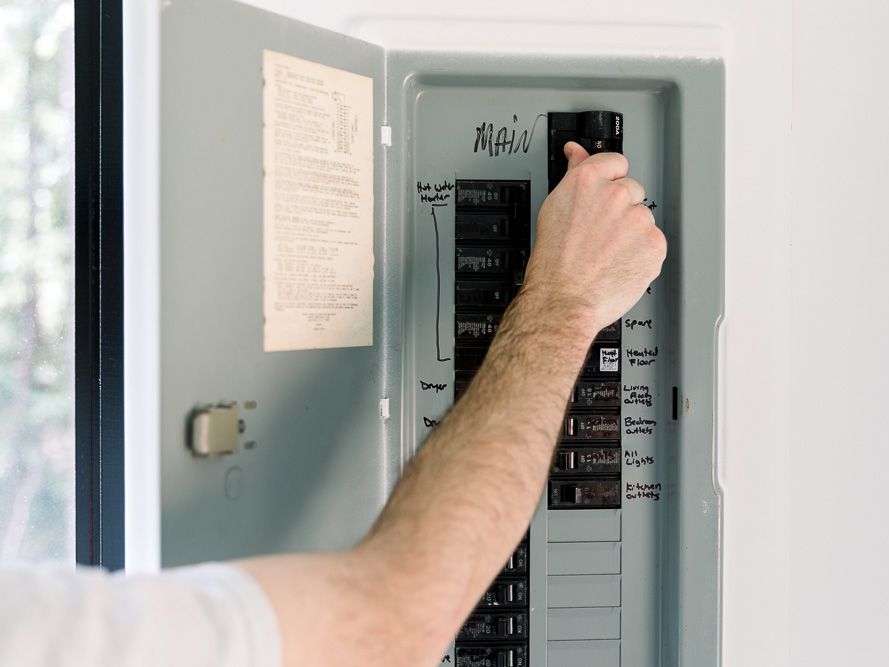One may have wondered how the electricity flows within a house. With the many devices and appliances being used every day, electricity consumption must be controlled and monitored regularly. But when you plug in too many in one go, there’s a chance that your house’s electrical system won’t be able to handle it, causing the power to shut off instantly.
This inconvenience occurs when the circuit breaker trips due to a large amount of electricity flowing all at once. It is a requirement for every home to be equipped with a well-maintained circuit breaker. Homeowners need to know how it works to prevent several issues from happening. Sometimes, the issues can be so severe that there needs to be an electrician for homeowners present to fix it.
How Does a Circuit Breaker Work?
The main circuit breaker panel is responsible for regulating the flow of electricity. It distributes power to areas of the house, ensuring the appliance or device is plugged in safely. The main circuit breaker panel also contains sub-switches connected to specific areas of a home containing sockets and other electrical devices. The sub-switches are essential when an electrician for homeowners needs to work on a part of a house without interfering with the electricity flow in other parts.
The Significance of Circuit Breakers in a Home
Every house needs a circuit breaker box to ensure that the utility company’s line fed into the main circuit breaker panel does not cause electrical failures. There are several safety features that protect wires, prevent fires caused by electrical overloading, and steer clear of electrical shocks. It also protects the house and the people staying inside the home from risks such as voltage fluctuations, improper grounding, damaged insulation, etc.
There are also several main safety features that a circuit breaker panel has.
- Main Circuit Breaker – The main switch that enables any person to completely turn off the entire flow of electricity in a house. This is also the reason why a circuit breaker trip happens. When too much electricity is being consumed, a fuse disconnects the entire electricity current.
- Single-Pole Breaker – You can find that these single switches have about 15 to 20 amps. Often located in almost every circuit breaker and can withstand up to 120 volts.
- Double-Pole Breaker – They usually come in a few amperages and handle 240 volts. You can find a double-pole breaker in residences with appliances that consume large quantities of electricity, such as washing machines, air conditioners and water heaters.
- Sub-Panels – These are small breaker boxes specifically built to withstand more circuits when the breaker box doesn’t have enough space to house new circuits.
- Arc Fault Breakers – This feature gives homeowners a choice to add more protection against electrocution and fires caused by electrical issues.
- Bus Bars – This metallic strip contained inside panel boards, busway enclosures, and switchgears for local high electricity distribution.
Signs to Replace a Circuit Breaker Box
A time may come when your home’s circuit breaker box needs to be replaced after years of continuous use and repairs. The average lifespan of a circuit breaker is usually around 25 to 30 years. It can also show a few signs that may require you to get it replaced.
- Circuit breaker won’t reset
- Burning smell or smoke emanating from the circuit breaker
- Frequent tripping of the circuit breaker
- Overheating electrical materials and supplies
These issues should only be handled by an electrician for homeowners. They are the ones experienced and knowledgeable enough to maintain, repair, or replace the circuit breaker.
Publisher: Kelly

Leave a Reply